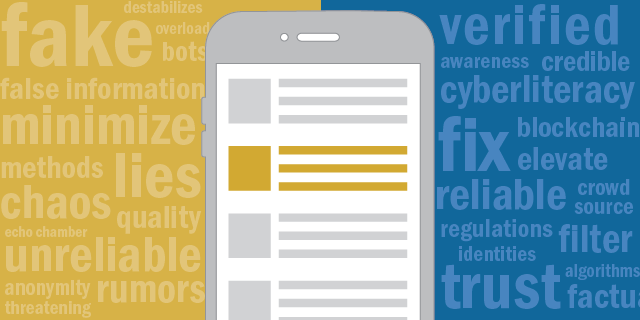In times of crisis, such as law enforcement incidents, spreading
misinformation can exacerbate tensions, hinder investigations, and undermine
public trust. Misinformation, fueled by the rapid dissemination of information
on social media and other online platforms, presents a significant challenge
for law enforcement agencies striving to maintain transparency and manage
public perception. To effectively address misinformation during crisis events,
law enforcement agencies must employ strategic communication tactics tailored
to the unique nature of the situation. Here, we explore key strategies for
combating misinformation and enhancing communication during crisis events in
law enforcement.
Establish
Clear Communication Protocols
During crisis
events, clear communication protocols are essential for disseminating accurate
information promptly. Law enforcement agencies should designate a centralized
communication team responsible for monitoring and responding to misinformation.
This team should establish internal communication channels to ensure accurate
updates to all stakeholders, including law enforcement officers, government
officials, and media representatives. Additionally, agencies should establish
protocols for releasing official statements and updates to the public,
outlining who has the authority to speak on behalf of the agency and ensuring
consistency in messaging.
Monitor
Social Media and Online Platforms
Social media
platforms serve as primary channels for the spread of misinformation during
crisis events. Law enforcement agencies must actively monitor these platforms
to identify false information, rumors, and misleading narratives about the
incident. By employing social media monitoring tools and leveraging analytics,
agencies can track the dissemination of misinformation in real time and respond
swiftly with accurate information to counter false claims. Moreover, engaging
with the online community by providing factual updates can help build trust and
credibility amid a crisis.
Prioritize
Transparency and Accuracy
Transparency is
paramount in addressing misinformation and maintaining public trust. Law
enforcement agencies should prioritize providing accurate and timely
information to the public, even if details are limited or subject to change.
Transparency fosters accountability and demonstrates a commitment to honest
communication. Agencies should avoid withholding information or delaying
updates, which can fuel speculation and spread misinformation. By proactively
sharing verified information, agencies can mitigate the impact of false
narratives and prevent the escalation of tensions.
Educate
the Public on Spotting Misinformation
Empowering the
public to recognize and discern misinformation is crucial in combating its
spread. Law enforcement agencies can proactively educate the community on identifying credible sources, fact-checking information, and critically evaluating online content. Providing resources such as infographics, videos, and public
service announcements can help raise awareness about the dangers of
misinformation and encourage responsible sharing practices. Additionally,
collaborating with local media outlets and community organizations to
disseminate accurate information can amplify efforts to combat misinformation
at the grassroots level.
Engage
in Active Media Relations
Effective media
relations are essential for managing the narrative surrounding crisis events.
Law enforcement agencies should establish strong relationships with media
outlets and proactively engage with journalists to ensure accurate reporting.
By providing journalists with regular updates, access to official sources, and
opportunities for press briefings, agencies can help shape the narrative and
prevent the spread of misinformation through traditional media channels.
Building trust with the media facilitates collaboration in disseminating
factual information and countering false narratives.
Leverage
Technology for Communication
Advancements in
technology offer valuable tools for combating misinformation and enhancing
communication during crisis events. Law enforcement agencies can leverage
platforms such as official websites, mobile applications, and social media
channels to deliver verified information directly to the public. Utilizing
multimedia formats such as videos, graphics, and interactive maps can enhance
engagement and comprehension. Additionally, implementing two-way communication
channels, such as dedicated hotlines or online forums, enables agencies to
address public concerns, clarify misconceptions, and gather real-time feedback.
Conduct
Post-Crisis Evaluations and Learn from Experience
Following a crisis
event, law enforcement agencies must conduct thorough post-crisis evaluations
to assess their communication strategies and identify areas for improvement.
Analyzing the effectiveness of communication tactics, evaluating public
perception, and examining the impact of misinformation enables agencies to
refine their approach and better prepare for future incidents. By learning from
experience and implementing lessons learned, agencies can enhance their crisis
communication capabilities and build resilience against the spread of
misinformation.
In conclusion,
addressing misinformation during crisis events in law enforcement requires a
multifaceted approach, prioritizing transparency, accuracy, and proactive
communication. Law enforcement agencies can effectively combat misinformation
and maintain public trust by establishing clear communication protocols,
monitoring social media, prioritizing transparency, educating the public,
engaging with the press, leveraging technology, and conducting post-crisis
evaluations. Adopting these strategies empowers agencies to navigate crises
with integrity, accountability, and resilience.

Comments
Post a Comment